Yellow thin noodles are a beloved staple in many culinary traditions around the world. Known for their delicate texture and ability to absorb flavors, these noodles offer a versatile and delicious base for a wide range of dishes. Whether you’re a seasoned home chef or just starting to explore the world of cooking, yellow thin noodles can be a valuable addition to your pantry. In this article, we’ll dive into the history, variations, nutritional benefits, and cooking techniques of these iconic noodles to help you make the most of this versatile ingredient. Yellow thin noodles have a rich history that dates back centuries. Originating in East Asia, these noodles were traditionally made by hand using simple ingredients such as wheat flour, water, and sometimes eggs. Over time, different regions developed their own variations of yellow thin noodles, each with its unique texture and flavor profile. Today, you can find yellow thin noodles in a variety of forms, from fresh to dried, straight to curly, and in different lengths and thicknesses. One of the most popular dishes featuring yellow thin noodles is the classic stir-fry.

.
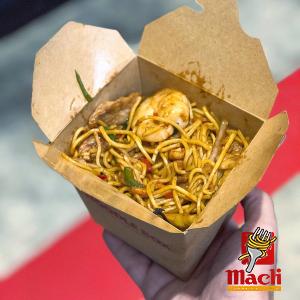 The thinness of the noodles allows them to cook quickly, making them an ideal choice for stir-frying with various vegetables, proteins, and sauces. The noodles act as a flavorful base that soaks up the savory juices of the other ingredients, creating a harmonious blend of flavors and textures. In addition to stir-fries, yellow thin noodles can also be used in soups, salads, and even desserts. In Japanese cuisine, ramen noodles are a type of yellow thin noodle that is typically served in a rich, flavorful broth with toppings like sliced pork, soft-boiled eggs, and nori. In Vietnamese cuisine, yellow thin noodles are a key component of dishes like pho, a fragrant noodle soup that features a complex broth and fresh herbs. No matter the culinary tradition, yellow thin noodles offer a versatile canvas for creativity in the kitchen. From a nutritional standpoint, yellow thin noodles can be a healthy addition to your diet when enjoyed in moderation. These noodles are typically low in fat and cholesterol, making them a good option for those looking to maintain a balanced diet. They also provide a good source of carbohydrates, which can help provide energy and support overall health. When paired with lean proteins, colorful vegetables, and flavorful sauces, yellow thin noodles can form the basis of a satisfying and nutritious meal. When it comes to cooking with yellow thin noodles, there are a few key tips to keep in mind to ensure that your dishes turn out perfectly every time. First, be sure to follow the package instructions for cooking the noodles, as different brands and types may require varying cooking times. It’s also important not to overcook the noodles, as they can quickly become mushy and lose their delicate texture. To prevent the noodles from sticking together, be sure to give them a quick rinse in cold water after cooking and drain them thoroughly before adding them to your dish. If you’re planning to stir-fry the noodles, it’s a good idea to cook them al dente (firm to the bite) so that they can continue to cook and absorb flavors in the pan. When it comes to flavoring yellow thin noodles, the possibilities are endless. You can use a wide range of sauces, seasonings, and toppings to customize your dishes to suit your taste preferences.
The thinness of the noodles allows them to cook quickly, making them an ideal choice for stir-frying with various vegetables, proteins, and sauces. The noodles act as a flavorful base that soaks up the savory juices of the other ingredients, creating a harmonious blend of flavors and textures. In addition to stir-fries, yellow thin noodles can also be used in soups, salads, and even desserts. In Japanese cuisine, ramen noodles are a type of yellow thin noodle that is typically served in a rich, flavorful broth with toppings like sliced pork, soft-boiled eggs, and nori. In Vietnamese cuisine, yellow thin noodles are a key component of dishes like pho, a fragrant noodle soup that features a complex broth and fresh herbs. No matter the culinary tradition, yellow thin noodles offer a versatile canvas for creativity in the kitchen. From a nutritional standpoint, yellow thin noodles can be a healthy addition to your diet when enjoyed in moderation. These noodles are typically low in fat and cholesterol, making them a good option for those looking to maintain a balanced diet. They also provide a good source of carbohydrates, which can help provide energy and support overall health. When paired with lean proteins, colorful vegetables, and flavorful sauces, yellow thin noodles can form the basis of a satisfying and nutritious meal. When it comes to cooking with yellow thin noodles, there are a few key tips to keep in mind to ensure that your dishes turn out perfectly every time. First, be sure to follow the package instructions for cooking the noodles, as different brands and types may require varying cooking times. It’s also important not to overcook the noodles, as they can quickly become mushy and lose their delicate texture. To prevent the noodles from sticking together, be sure to give them a quick rinse in cold water after cooking and drain them thoroughly before adding them to your dish. If you’re planning to stir-fry the noodles, it’s a good idea to cook them al dente (firm to the bite) so that they can continue to cook and absorb flavors in the pan. When it comes to flavoring yellow thin noodles, the possibilities are endless. You can use a wide range of sauces, seasonings, and toppings to customize your dishes to suit your taste preferences.
..
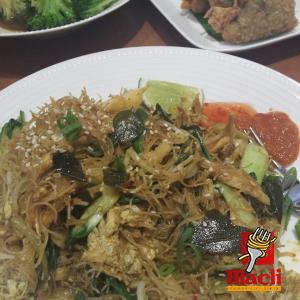 From classic soy sauce and sesame oil to spicy chili paste and creamy coconut milk, there are countless ways to elevate the flavor of yellow thin noodles and create a dish that’s uniquely yours. In conclusion, yellow thin noodles are a versatile and delicious ingredient that can enhance a wide range of dishes. Whether you’re stir-frying, simmering in soup, or tossing in a salad, these noodles offer a delicate texture and a neutral flavor that pairs well with a variety of ingredients. By understanding the history, variations, nutritional benefits, and cooking techniques of yellow thin noodles, you can make the most of this versatile ingredient in your own kitchen. So next time you’re looking to add some excitement to your mealtime, consider reaching for a pack of yellow thin noodles and letting your culinary creativity take the lead. The beauty of yellow thin noodles lies in their ability to adapt to a variety of cooking styles and flavor profiles. Whether you prefer bold and spicy dishes or light and refreshing flavors, these noodles can be easily customized to suit your preferences. With their tender texture and ability to soak up the essence of other ingredients, yellow thin noodles offer endless possibilities for culinary exploration. One popular way to enjoy yellow thin noodles is in a simple yet flavorful noodle salad. By tossing cooked noodles with a vibrant mix of fresh vegetables, herbs, and a zesty dressing, you can create a dish that is light, refreshing, and packed with nutrients. Ingredients like shredded carrots, cucumber slices, bell peppers, and chopped cilantro can add color, crunch, and a burst of freshness to your noodle salad. For the dressing, you can blend together ingredients like soy sauce, rice vinegar, sesame oil, honey, and ginger for a tangy and savory flavor profile. Another exciting way to showcase yellow thin noodles is by incorporating them into a comforting and hearty soup. Whether you opt for a traditional noodle soup recipe or get creative with your own flavor combinations, noodles add texture and substance to a bowl of steaming broth.
From classic soy sauce and sesame oil to spicy chili paste and creamy coconut milk, there are countless ways to elevate the flavor of yellow thin noodles and create a dish that’s uniquely yours. In conclusion, yellow thin noodles are a versatile and delicious ingredient that can enhance a wide range of dishes. Whether you’re stir-frying, simmering in soup, or tossing in a salad, these noodles offer a delicate texture and a neutral flavor that pairs well with a variety of ingredients. By understanding the history, variations, nutritional benefits, and cooking techniques of yellow thin noodles, you can make the most of this versatile ingredient in your own kitchen. So next time you’re looking to add some excitement to your mealtime, consider reaching for a pack of yellow thin noodles and letting your culinary creativity take the lead. The beauty of yellow thin noodles lies in their ability to adapt to a variety of cooking styles and flavor profiles. Whether you prefer bold and spicy dishes or light and refreshing flavors, these noodles can be easily customized to suit your preferences. With their tender texture and ability to soak up the essence of other ingredients, yellow thin noodles offer endless possibilities for culinary exploration. One popular way to enjoy yellow thin noodles is in a simple yet flavorful noodle salad. By tossing cooked noodles with a vibrant mix of fresh vegetables, herbs, and a zesty dressing, you can create a dish that is light, refreshing, and packed with nutrients. Ingredients like shredded carrots, cucumber slices, bell peppers, and chopped cilantro can add color, crunch, and a burst of freshness to your noodle salad. For the dressing, you can blend together ingredients like soy sauce, rice vinegar, sesame oil, honey, and ginger for a tangy and savory flavor profile. Another exciting way to showcase yellow thin noodles is by incorporating them into a comforting and hearty soup. Whether you opt for a traditional noodle soup recipe or get creative with your own flavor combinations, noodles add texture and substance to a bowl of steaming broth.
…
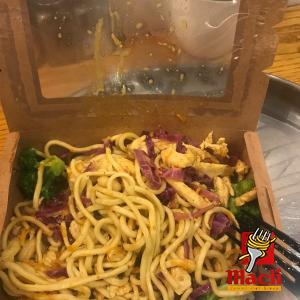 By simmering the noodles in a flavorful broth alongside vegetables, proteins, and seasonings, you can create a soul-warming dish that is perfect for a cozy night in or a quick and satisfying meal. For those who enjoy the rich and complex flavors of Asian cuisine, yellow thin noodles are an essential ingredient in dishes like pad Thai. This iconic noodle dish features stir-fried noodles with a sweet and tangy sauce, crunchy vegetables, and a choice of protein such as shrimp, chicken, or tofu. Topped with chopped peanuts, fresh lime wedges, and a sprinkle of cilantro, pad Thai is a delicious medley of textures and flavors that is sure to satisfy your cravings for a taste of Southeast Asia. If you’re in the mood for a comforting and indulgent meal, consider preparing a creamy and cheesy noodle casserole with yellow thin noodles as the star ingredient. By layering cooked noodles with a rich and creamy cheese sauce, diced ham, peas, and breadcrumbs, you can create a dish that is both nostalgic and satisfying. Baked until golden and bubbly, a noodle casserole is a perfect choice for a family dinner or a potluck gathering. No matter how you choose to enjoy yellow thin noodles, the key is to embrace your creativity and experiment with different ingredients, flavors, and cooking techniques. Whether you’re a seasoned chef or a novice in the kitchen, these versatile noodles offer a world of possibilities for delicious and satisfying meals. In conclusion, yellow thin noodles are a versatile and delicious ingredient that can enhance a wide range of dishes. From stir-fries and salads to soups and casseroles, these noodles offer a delicate texture and a neutral flavor that can be easily customized to suit your taste preferences. By exploring the endless possibilities for cooking and flavoring yellow thin noodles, you can unlock a world of culinary creativity and create dishes that are sure to impress your family and friends. So next time you’re looking for a versatile and tasty ingredient to elevate your cooking game, consider reaching for a pack of yellow thin noodles and let your culinary imagination soar.
By simmering the noodles in a flavorful broth alongside vegetables, proteins, and seasonings, you can create a soul-warming dish that is perfect for a cozy night in or a quick and satisfying meal. For those who enjoy the rich and complex flavors of Asian cuisine, yellow thin noodles are an essential ingredient in dishes like pad Thai. This iconic noodle dish features stir-fried noodles with a sweet and tangy sauce, crunchy vegetables, and a choice of protein such as shrimp, chicken, or tofu. Topped with chopped peanuts, fresh lime wedges, and a sprinkle of cilantro, pad Thai is a delicious medley of textures and flavors that is sure to satisfy your cravings for a taste of Southeast Asia. If you’re in the mood for a comforting and indulgent meal, consider preparing a creamy and cheesy noodle casserole with yellow thin noodles as the star ingredient. By layering cooked noodles with a rich and creamy cheese sauce, diced ham, peas, and breadcrumbs, you can create a dish that is both nostalgic and satisfying. Baked until golden and bubbly, a noodle casserole is a perfect choice for a family dinner or a potluck gathering. No matter how you choose to enjoy yellow thin noodles, the key is to embrace your creativity and experiment with different ingredients, flavors, and cooking techniques. Whether you’re a seasoned chef or a novice in the kitchen, these versatile noodles offer a world of possibilities for delicious and satisfying meals. In conclusion, yellow thin noodles are a versatile and delicious ingredient that can enhance a wide range of dishes. From stir-fries and salads to soups and casseroles, these noodles offer a delicate texture and a neutral flavor that can be easily customized to suit your taste preferences. By exploring the endless possibilities for cooking and flavoring yellow thin noodles, you can unlock a world of culinary creativity and create dishes that are sure to impress your family and friends. So next time you’re looking for a versatile and tasty ingredient to elevate your cooking game, consider reaching for a pack of yellow thin noodles and let your culinary imagination soar.

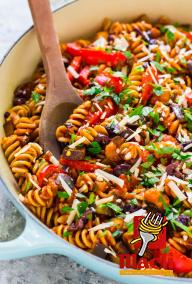
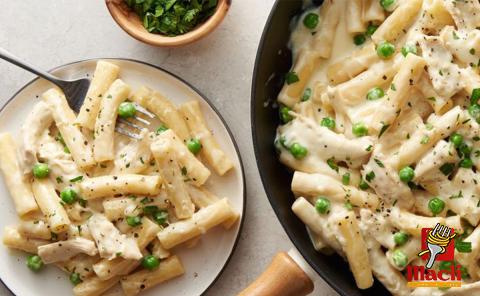


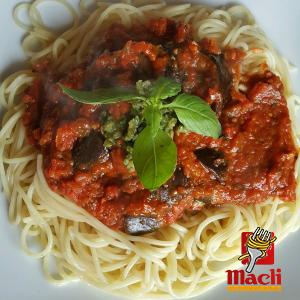
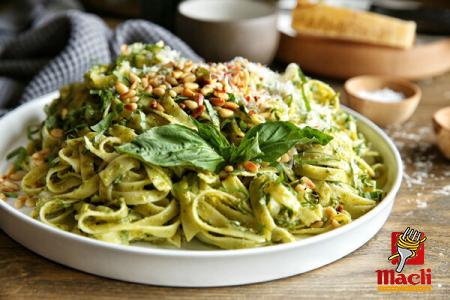
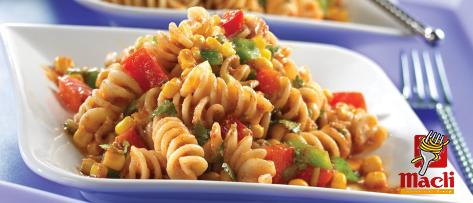
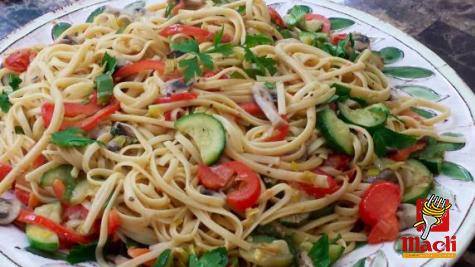
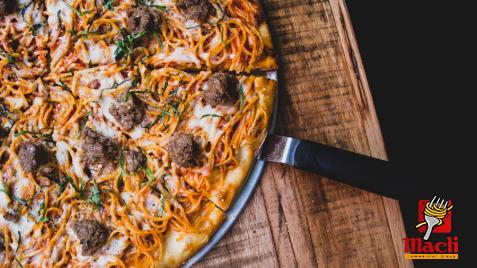
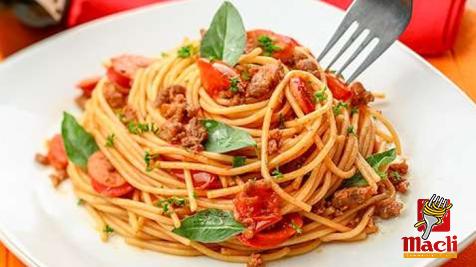
Your comment submitted.